Today is the Earth Day!
To celebrate this day we want to highlight the European Union's constant effort to protect the environment and what goals the EU has achieved.
The European’s environment and climate policies aim to protect the environment and minimise risks to climate, human health and biodiversity. This is achieved through broader economic and social initiatives and with specific policies for the environment and climate change. The European Green Deal and the 7th Environmental Action Programme are two notable cases:
the Green Deal aims to make Europe the world’s first climate-neutral continent with a transformative agenda across the economy;
the 7th Environmental Action Programme ‘Living well, within the limits of our planet’ draws on a number of strategic initiatives, including the resource efficiency roadmap, the biodiversity strategy and the low carbon economy roadmap.
Every environmental policy in the EU is structured around the UN 2030 agenda for sustainable development and the Sustainable Development Goals, which provides an opportunity for the EU’s own strategic orientation to build a sustainable future.
A fundamental tool for the protection of the environment is Eurostat, that provides environmental statistics, accounts and indicators supporting the development, implementation, monitoring and evaluation of the European Union’s environmental policies, strategies and initiatives. Eurostat statistical products inform about the state of the environment and the drivers, pressures and measures to avoid or mitigate impacts of our societies on the environment.
Let’s take a look at some results reported in the Energy, transport and environment statistics 2020 edition.
Regarding the emissions of greenhouse gases and air pollutants:
greenhouse gas emissions in the EU down by 21 % between 1990 and 2018;
the largest fall in greenhouse gas intensity in relative terms was observed in manufacturing (29.4 %);
the biggest reduction in absolute terms was observed for the supply of electricity, gas, steam and air conditioning;
with 25.9 %, private households were the biggest contributor to total emissions of ozone precursors in 2017.
Regarding the circular economy and generation of waste:
in 2017, the EU's circularity rate was 11.2%, slightly down compared to the previous year;
all EU Member States met in 2017 the plastic packaging recycling target of 22.5%, and EU-wide recycling rate is at 41.7%;
492 kg of municipal waste per capita generated in the EU in 2018, of which 47.4 % were recycled;
Regarding primary energy production:
14 of the 27 EU Member States recorded an expansion in their level of primary energy production in the period 2008 to 2018;
the renewable energy sources take the first position, with more than one third (34.2 %) of the EU’s total production;
in 2018, renewable energy accounted for 21.1 % of total energy use for heating and cooling in the EU;
in 2018 wind power was the single largest source for renewable electricity generation in the EU;
There have been several improvements in many areas. These changes are naturally slow but steady. This is not enough and more needs to be done. National disparities in terms of greenhouse emissions, circular economy, waste production and renewable energy production still remain wide.
The change in the political sentiment and in the public opinion on environmental issues, thanks also to the awareness of the new generations, has certainly helped and can still do a lot. For this reason, the sustainability education path cannot and must not be interrupted. Environmental education in schools plays a key role in promoting a healthy lifestyle that cares about climate change and environmental topics, so as to be able to train conscious and responsible future citizens who can push European and national institutions to implement the right policies with much more strength.



